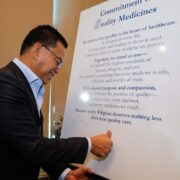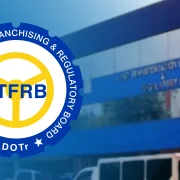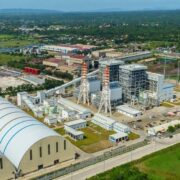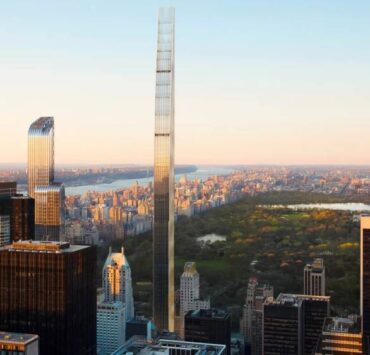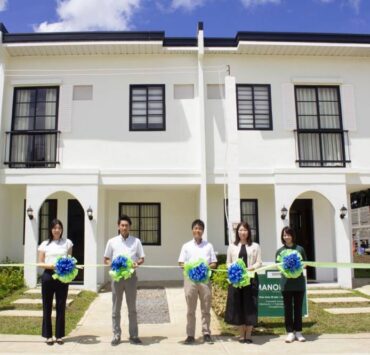SMDC Nature turns sustainability into an easy, practical choice
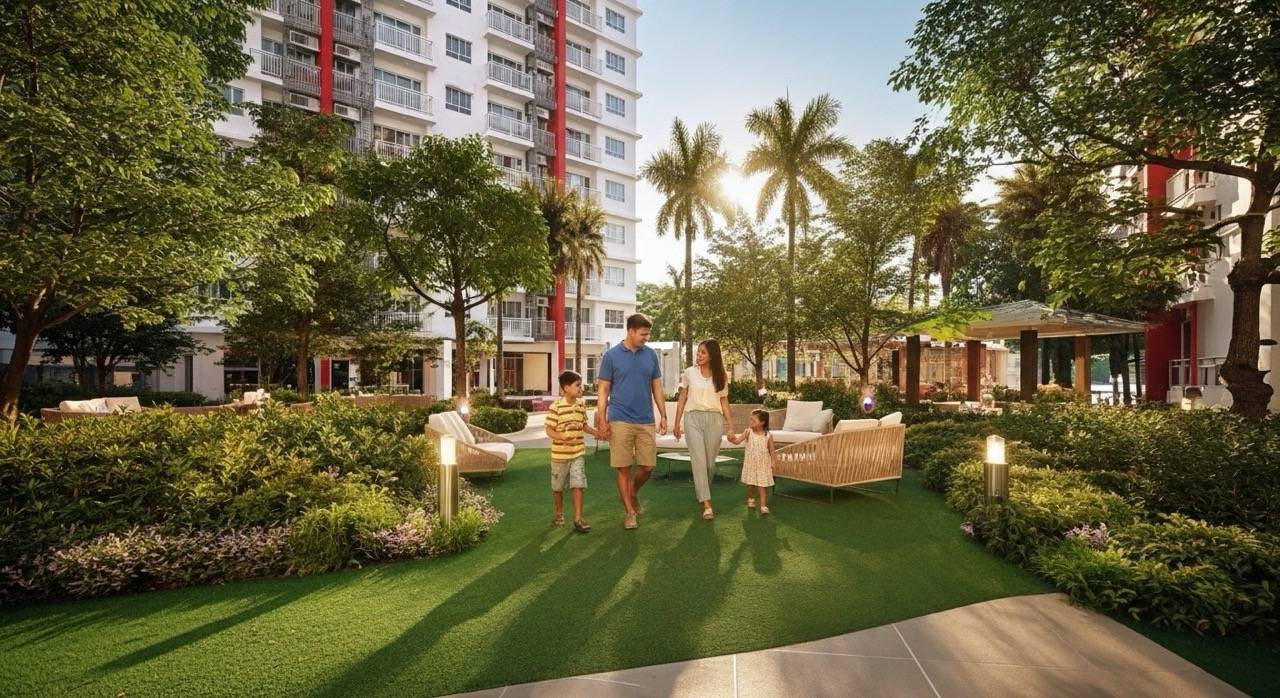
Jessica Bianca T. Sy has a simple conviction that pushes against long-held assumptions: sustainability should be for everyone.
For the VP and head of Design, Innovation, and Strategy of SM Development Corp. (SMDC), sustainability should not be limited to a niche or for premium buyers alone, but should rather be accessible to everyone. This firm belief is now helping shape SMDC Nature, the company’s new residential brand.
SMDC Nature, which was officially launched late last month, focuses on giving homeowners more opportunities to live in communities designed to blend greenery, convenience, and comfort. Beyond simply surrounding residents with open spaces, this line of residential developments will offer homes built for wellness, accessibility, and sustainable living.

A shared priority
Her stance actually sits at the core of a portfolio built to meet a growing demand for healthier, more resilient homes.
According to Sy, sustainability has become a shared priority for their team and the markets they serve. The demand is driven by a growing need for solutions that address the country’s climate vulnerabilities and the daily pressures that shape how Filipinos live and move. Given that the Philippines is one of the most climate-vulnerable nations in the world, Sy said the company feels a responsibility to help develop practical sustainable initiatives that people can adopt easily in their daily lives.
SMDC Nature steps into that space with a masterplan built on wellness, smart planning, and accessible sustainability.
“SMDC Nature is about building homes that make everyday life lighter, healthier, and more connected. Our goal is simple: to help Filipinos live well closer to work, closer to family, and closer to what matters most,” Sy said.
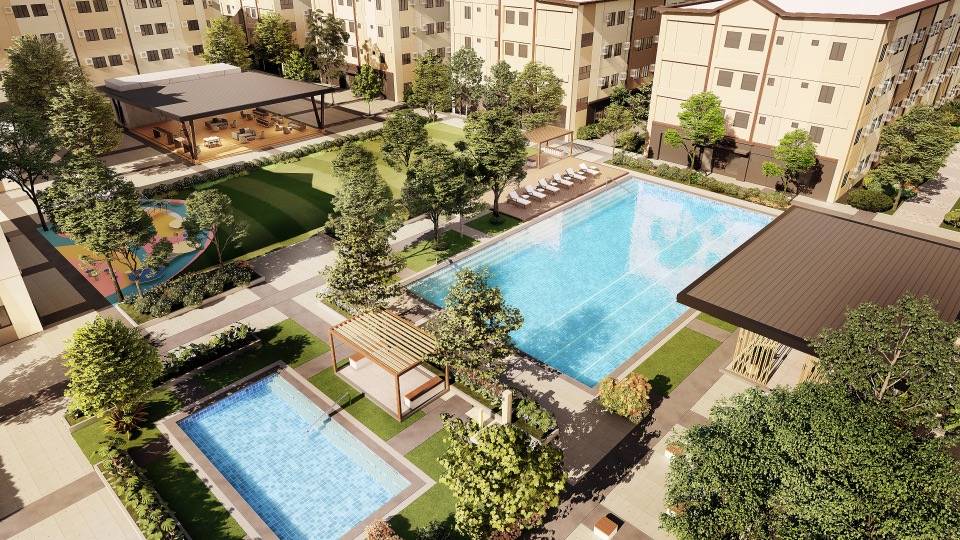
Practical sustainability measures
To achieve its goals, SMDC focuses on measures that are practical yet effective.
For instance, solar energy systems and motion sensors installed in the common areas of SMDC Nature developments can cut energy use by up to 35 percent. This translates to preventing some 250 metric tons of carbon dioxide emissions per project each year, a reduction similar to planting more than 10,000 trees. Water conservation features, dual flush fixtures, and rainwater harvesting ease pressure on resources. Detention tanks in communities like Charm Residences and Field Residences help manage flooding.
Sy was quick to assure that such features will not drive up the prices of their developments.
“We are trying our best and working with different partners and groups to keep the costs down so that we can make sure that the sustainable efforts we put in are acceptable and can be adapted,” Sy explained.

Landmark partnerships
One of these partners is Buskowitz Energy Inc., which signed a power purchase agreement with SMDC during the launch.
This collaboration will enable the installation of solar energy systems across multiple SMDC projects, generating clean energy with zero upfront investment. It will also support the pledge of SM Prime Holdings, SMDC’s parent firm, to achieve net zero by 2040.
“This partnership marks a major step toward our Net Zero by 2040 roadmap,” Sy said. “By integrating solar power, we are not only building homes that are lighter on resources, but we are also ensuring that the communities we create will remain resilient and future-ready.”
A 15-minute home
Another key piece of SMDC Nature’s sustainability approach is the idea of the 15-minute home.
Each community is planned so that schools, offices, commercial centers, transport links, and open spaces sit within easy reach. This helps cut emissions by reducing the need for long car trips. When daily errands and essentials are nearby, people can walk more, take shorter rides, or rely on public transport instead of driving.
SMDC Nature communities also place wellness at the center. Shaded walkways encourage movement, while open spaces enable residents to reset. Pocket parks create room for families to gather. Building orientation, airflow, and circulation paths are planned well to make these healthy routines feel natural.
“Nature isn’t something we add after. It’s built into how we plan our spaces from the way air flows through buildings to how people move, rest, and connect,” Sy added.

